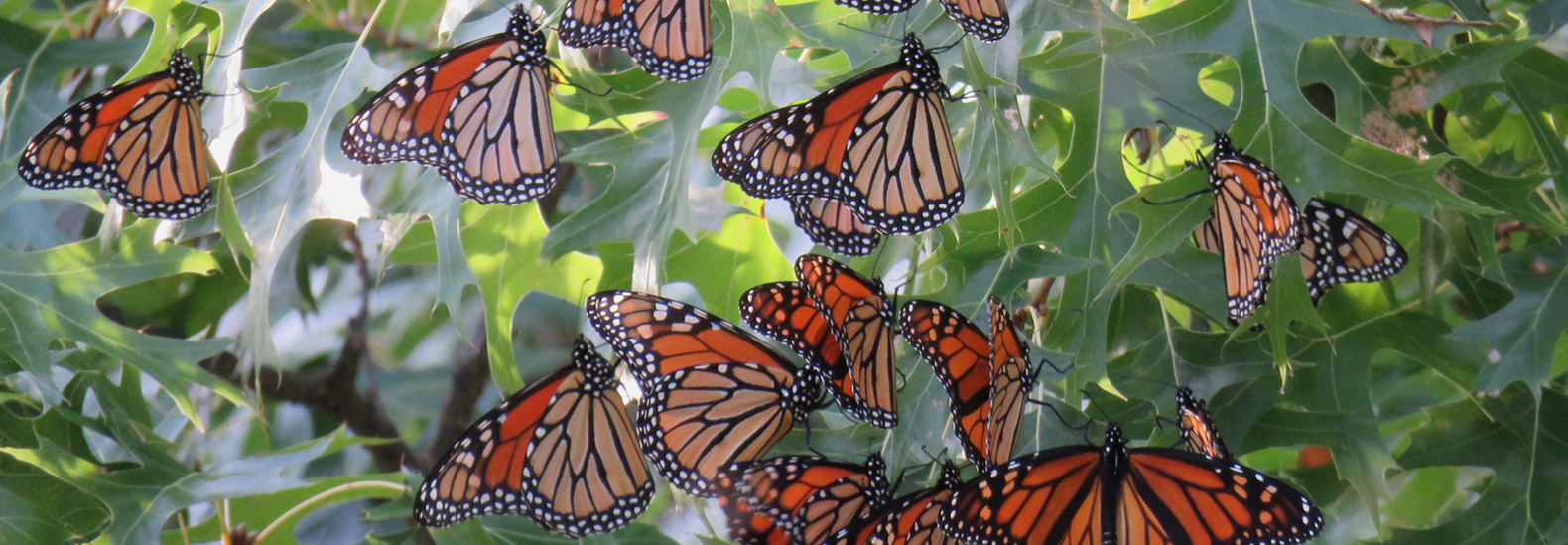
A new nationwide right-of-way agreement aims to protect migrating monarch butterflies. The U.S. Fish and Wildlife Service (USFWS) and the University of Illinois at Chicago (UIC) signed the agreement, which involves more than 45 transportation and energy companies and many private landowners in creating protected corridors across the country. These promised lands are mostly along roadsides and utility corridors.
Continue reading below
Our Featured Videos
The agreement allows participants to dedicate parts of their land as monarch conservation management areas. In exchange, the USFW assures landowners that they won’t have to take additional conservation measures on the rest of their land if the monarch butterfly later is listed as endangered. This change in status could happen as soon as December 2020, when the USFWS plans to decide whether the monarch meets criteria for being listed as an endangered species.
Related: What’s causing the decline in monarch butterfly populations?
“Some companies wanted to wait to see how the listing would play out,” Iris Caldwell, a program manager at the Energy Resources Center at UIC and part of the Rights-of-Way as Habitat Working Group, told Mongabay. “But if you are following what’s happening with the butterflies, you know we really can’t wait. We need to be creating habitat on a variety of different landscapes, as much as we can.”
The working group included 200 energy, transportation, government and nonprofits who tried to determine a win-win solution for butterflies and landowners. “How can you incentivize a regulated entity or a utility to do this voluntary proactive work,” Caldwell asked, “and still give them kind of the flexibility and the certainty that they need and be able to, in fact, invest in that work without kind of a fear of repercussion?”
Under the new agreement, landowners may alter some of their practices, including timing mowing to avoid times when monarch larvae are developing, not using herbicides on the conservation corridors, replanting if the land is disturbed by construction and planting more beneficial native plants the butterflies will enjoy. UIC’s role will be to coordinate efforts between all partners and to be an intermediary between the USFWS and landowners.
Monarchs are one of the most popular and recognizable butterflies on Earth, with their bright orange wings, black lines and white dots. Every year, millions of these butterflies migrate from the northern and eastern U.S. and Canada to spend winter in southern California and Mexico. Monarch butterflies are native to North and South America, although they’re no longer found south of Mexico. They’ve followed milkweed to expand their range as far as Portugal, Spain, Hawaii, Australia and New Zealand. In the continental U.S., they fall into two categories: western monarchs — which are found west of the Rockies and spend winter in southern California — and eastern monarchs, whose breeding grounds are Canada and the Great Plains and who migrate to Mexico in the winter. Both populations have plummeted more than 80% in the last 10 years.
Via Mongabay and National Geographic
Image via Jessica Bolser / USFWS

